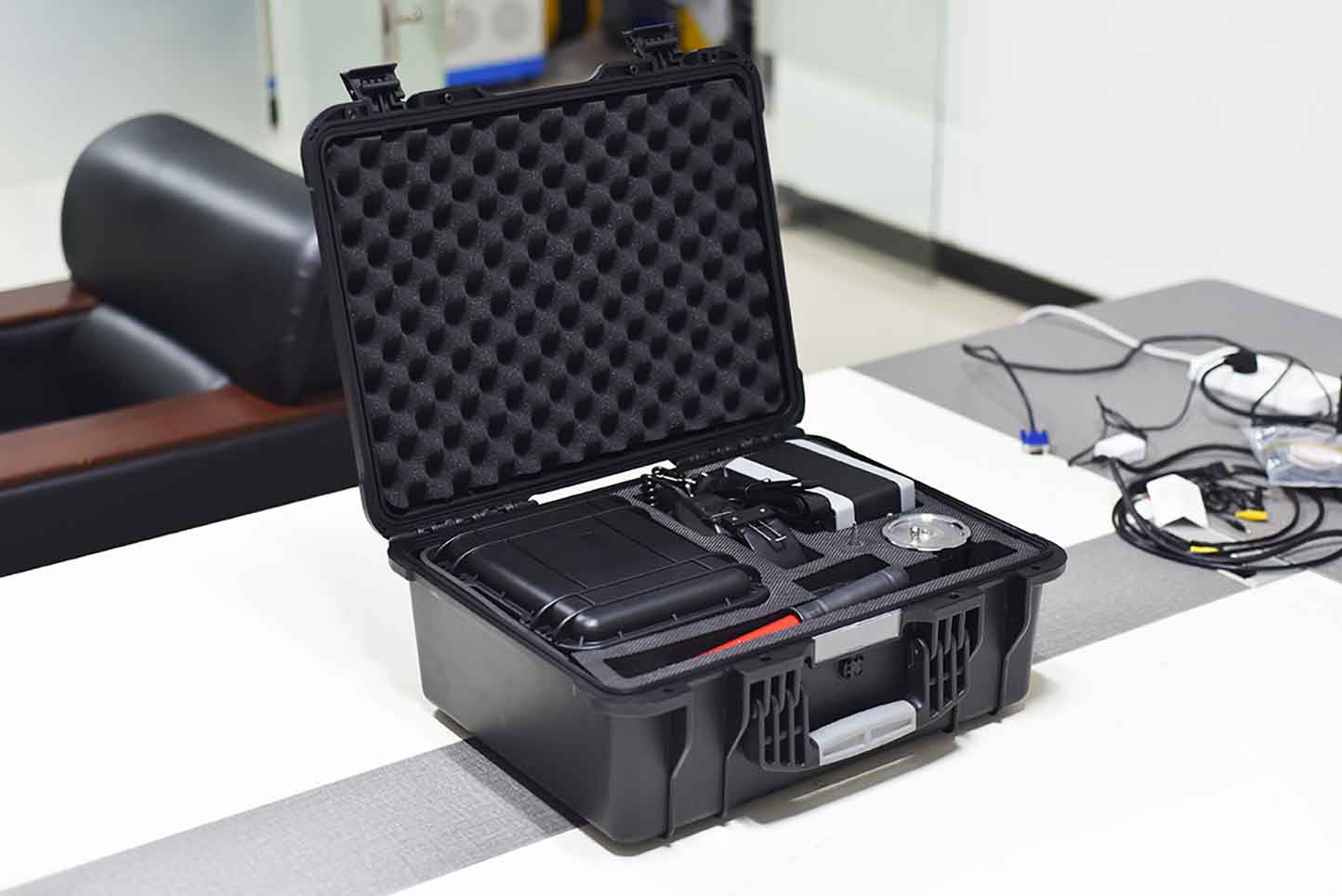Cable fault tester is a professional equipment used to detect cable faults. It can quickly and accurately determine the fault waveform, detect open circuit, short circuit, grounding, low resistance, high resistance flashover and high resistance leakage faults, as well as open circuit and short circuit faults of coaxial communication cables and local cables. In addition, it can also test cable paths, burial depths, as well as radio speed measurement, and determine cable lengths.
Cable fault testers are widely used in various industries such as power, communication, petrochemicals, coal mines, metallurgy, aerospace, etc. It adopts multiple fault detection methods, combined with computer technology and special electronic technology, and has the characteristics of intelligence and complete functions.
In short, cable fault tester is an important tool for maintaining the normal operation of cable lines, which can quickly and accurately detect and locate faults, improve the efficiency and safety of line operation.
The process of locating cable faults using a cable fault tester usually involves the following steps:
1. Check the type of fault: First, use equipment such as a multimeter to check the type of cable fault. This may include measuring the insulation resistance of each cable core to ground and conducting conductor connectivity tests.
2. Fault pre positioning (rough measurement): This step is to locate the approximate range of the fault point. Regardless of the method used, the measured values usually only represent the length of the underground cable (fault). Due to the inability to accurately estimate the reserved length underground, it cannot represent the actual distance from the ground.
3. Cable path positioning: This step is necessary for cable paths that have been used for many years or have incomplete information. The cable fault tester can be used to track the path of relevant cables, helping to determine the specific location of cable faults.
4. Accurate positioning: Based on rough measurement, use more precise methods to determine the specific location of the fault point. This may include acoustic measurement, step voltage method, electromagnetic and audio method, acoustic magnetic synchronization method, etc.
① Acoustic testing method: Using a high-voltage pulse generator to discharge faulty cables, generating arcs and discharge sounds. The sound probe of the fixed-point instrument receives and amplifies these sound signals, and outputs them through headphones or meters to determine the fault point.
② Step voltage method: mainly used for grounding fault location of cable outer sheath with insulation requirements. It can also be used for partially buried unarmored low-voltage cables and wire core grounding faults.
③ Electromagnetic and audio methods: Using the changes in electromagnetic or audio signals before and after cable faults to determine the fault point.
④ Acoustic magnetic synchronization method: This is a comprehensive application of acoustic measurement method and electromagnetic wave method, which can further improve the accuracy of fault location.
5. Cable identification (if necessary): If a cable fault is found but it cannot be determined which cable it is, a cable identification device can be used for identification. Cut and repair should only be carried out after identifying the faulty cable.
Through the above steps, the cable fault tester can accurately locate the fault point of the cable, providing valuable time and information for maintenance personnel to quickly repair the fault and restore the normal operation of the cable.

The ZC-700A2 cable fault tester is a new generation portable cable fault testing instrument carefully designed and manufactured by our company based on user requirements and considering on-site use. The equipment mainly consists of three parts: flash testing, tracking, and positioning. It can be used to detect low resistance, high resistance, short circuit, open circuit, leakage faults, and flashover faults of various cables. It can accurately detect the fault location, cable length, and cable burial path of underground cables. It has the characteristics of accurate testing, high intelligence, wide adaptability, stable performance, and lightweight portability. The instrument adopts an English system with high-definition display and a user-friendly interface.
Cable tracing and fault location are composed of a path finder, a fixer, a T-shaped probe, an A-frame, a receiver, etc. This instrument is a specialized instrument for cable fault location testing, suitable for testing various cables with metal conductors (wire pairs, protective layers, shielding layers). Its main function is to locate and test points with poor ground insulation, detect cable paths, and test cable burial depth.
Kvtester Electronics Technology Co.,Ltd. is a high-tech enterprise specializing in power testing, testing, research and development, production, and sales of testing equipment. It has been engaged in the electrical testing industry for many years, and its products are of high quality. We welcome customers to come and purchase. Service hotline: 0086-27-81778799, to learn more, visit the official website: www.kvtester.com





